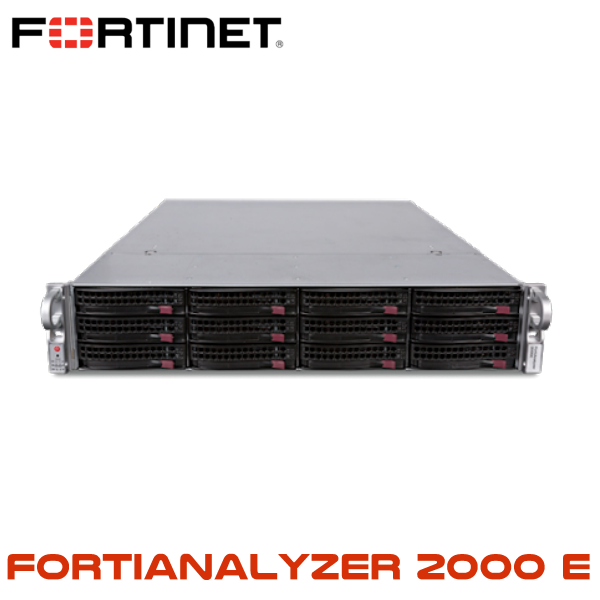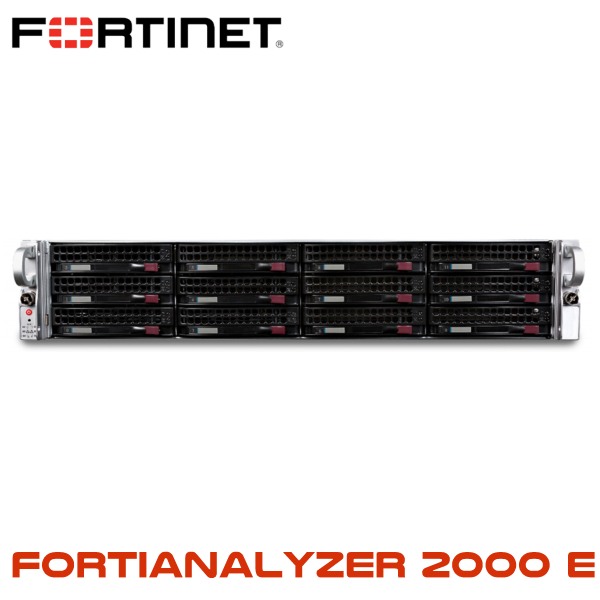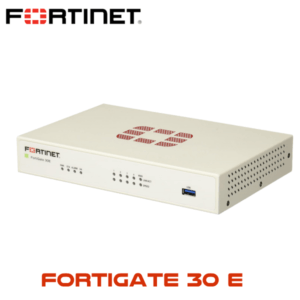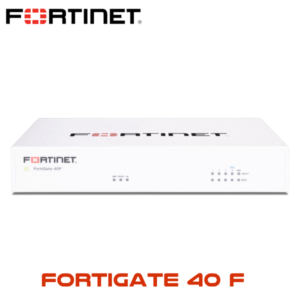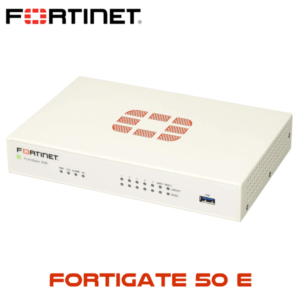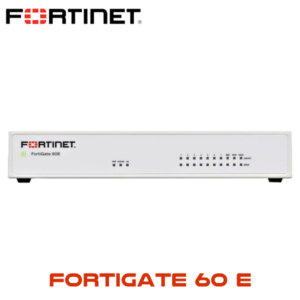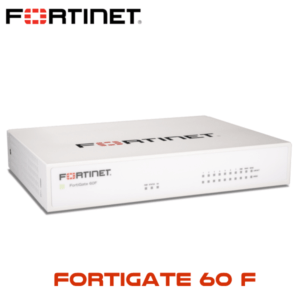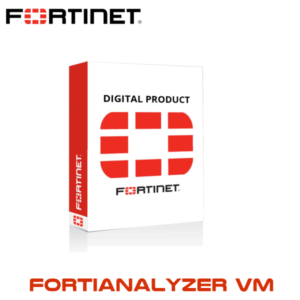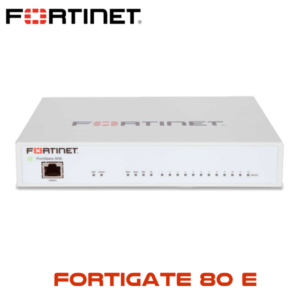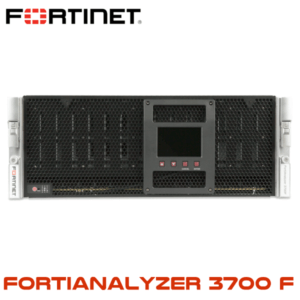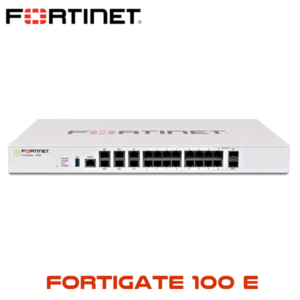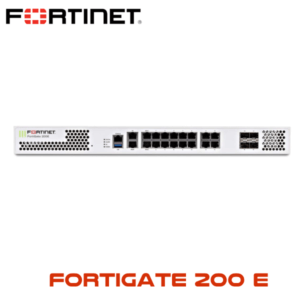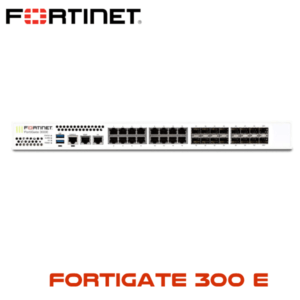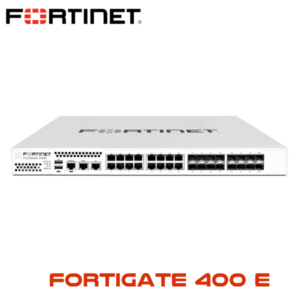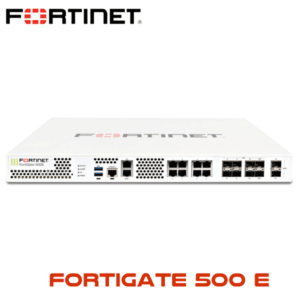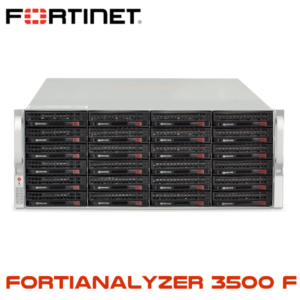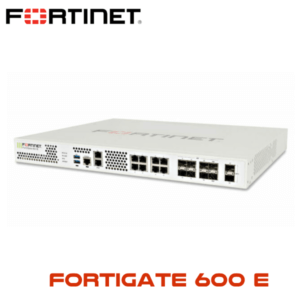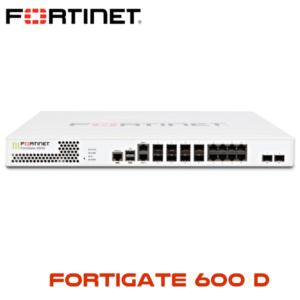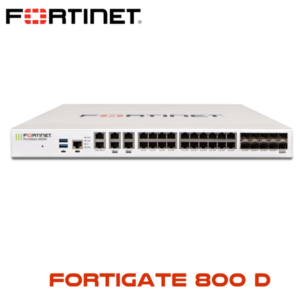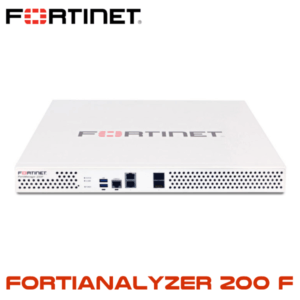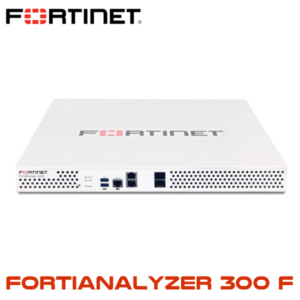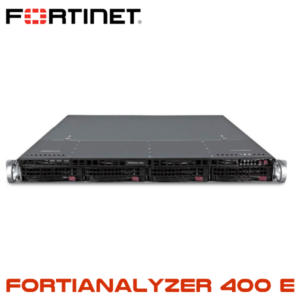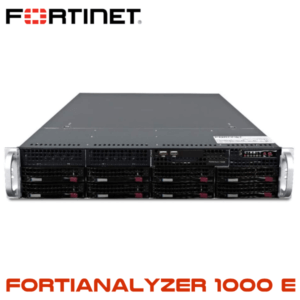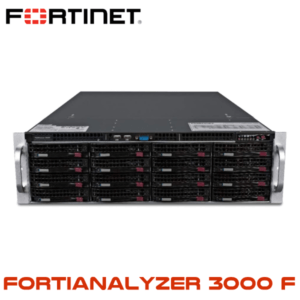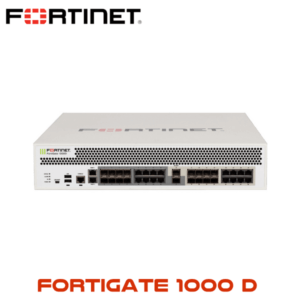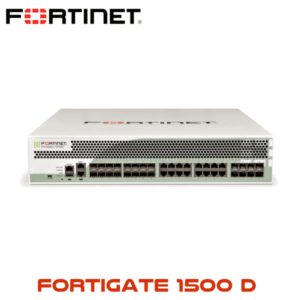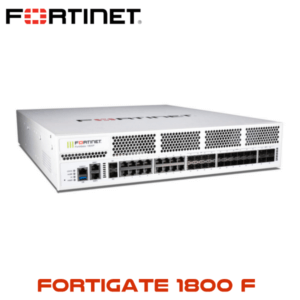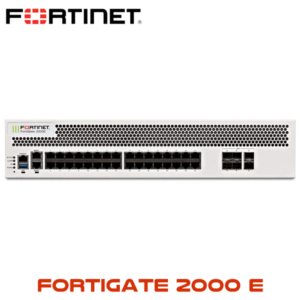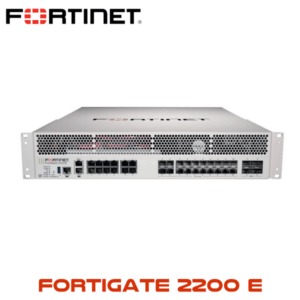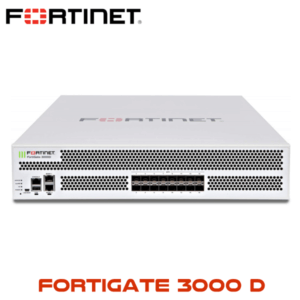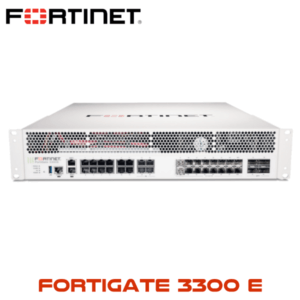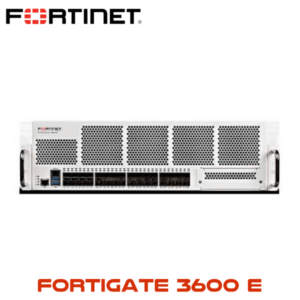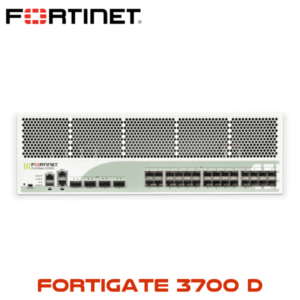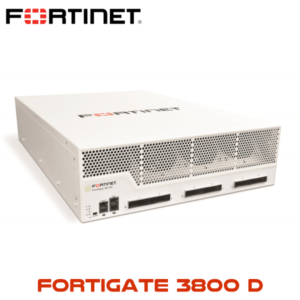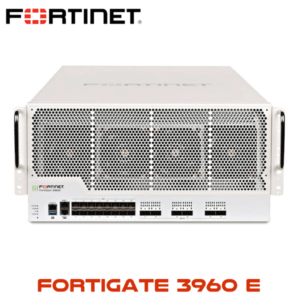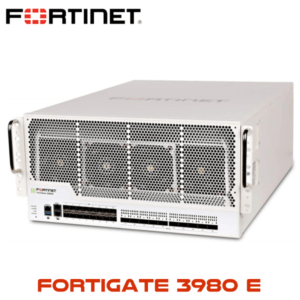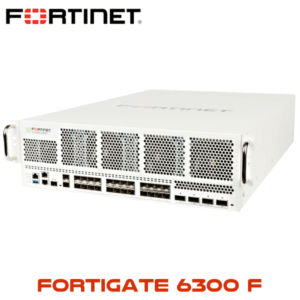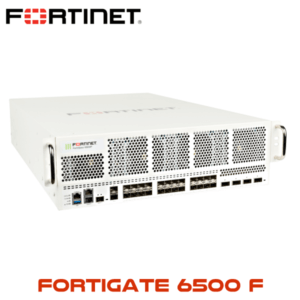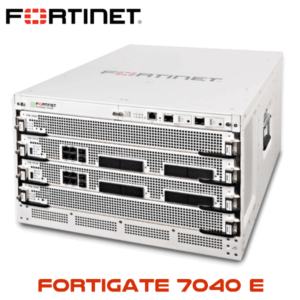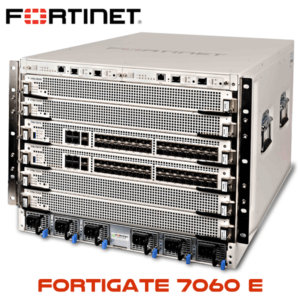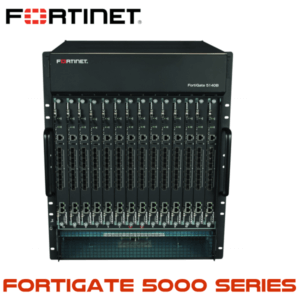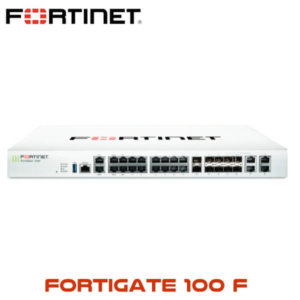Description
Fortinet FortiAnalyzer 2000E Dakar
FortiAnalyzer 2000E provides deep insights into advanced threats through Single-Pane Orchestration, Automation & Response for your entire attack surface to reduce risks and improve your organization’s overall security. Integrated with Fortinet’s Security Fabric. Fortinet FortiAnalyzer in Dakar simplifies the complexity of analyzing and monitoring new and emerging technologies that have expanded the attack surface, and delivers end-to-end visibility, helping you identify and eliminate threats. Advanced Threat Detection & Correlation allows Security & Network teams to immediately identify and respond to network security threats across the infrastructure. Automated Workflows & Compliance Reporting provides customizable dashboards, reports and advanced workflow handlers for both Security & Network teams to accelerate workflows & assist with regulation and compliance audits. Scalable Log Management collects logs from FortiGate, FortiClient, FortiManager, FortiSandbox, FortiMail, FortiWeb, FortiAuthenticator, Generic syslog and others. Deploy as an individual unit or optimized for a specific operation and scale storage based on retention requirements.

Fortianalyzer 2000e Senegal
With bandwidth demand growing faster than budgets and cyber attacks constantly on the rise, it can be challenging to securely and efficiently deliver applications at the speed your users expect. Fortinet ADC appliances optimize the availability, user experience, and scalability of enterprise application delivery. They deliver fast, secure, and intelligent acceleration and distribution of even the most demanding enterprise applications.
Fortinet FortiAnalyzer 2000E Features :
-
End-to-end visibility
Event correlation, threat detection and Indicator of Compromise (IOC) service reduce time-to-detect and identity threats
-
Fortinet Security Fabric integration
Correlates with logs from FortiClient, FortiSandbox, FortiWeb, and FortiMail for deeper visibility and critical network insights
-
Enterprise-grade high availability
Automatically back-up FortiAnalyzer DB’s (up to 4 node cluster) that can be geographically dispersed for disaster recovery
-
Security automation
Reduce complexity and leverage automation via REST API, scripts, connectors, and automation stitches to expedite security response
-
Multi-tenancy and administrative domains (ADOMs)
Separate customer data and manage domains leveraging ADOMs to be compliant and operationally effective
-
Flexible deployment options & archival storage
Supports deployment of appliance, VM, hosted or cloud. Use AWS, Azure or Google to archive logs as a secondary storage
-
Hardware-Based SSL Offloading, SSL Inspection, and Visibility
FortiADC offloads server-intensive SSL processing with support for 4096-bit keys, TCP connection management, data compression and HTTP request processing from servers. This speeds up response times, reduces load on the backend servers, allowing them to serve more users.
SSL Forward Proxy utilizes FortiADC’s high-capacity decryption and encryption to allow other devices, such as a FortiGate firewall, to easily inspect traffic for threats. An inline pair of FortiADCs at the front end and back end of a firewall remove all encryption so that the firewall isn’t taxed with the additional load of SSL processing. FortiADC ensures seamless re-encryption with certificates intact with no user disruptions.
FortiADC’s Transparent HTTP/S and TCP/S Mirroring Capabilities decrypt secure traffic for inspection and reporting. Copies of clear traffic can be sent for analysis by FortiGate or other third-party solutions for an indepth view of threats that may be hidden in encrypted traffic while FortiADC continues to perform its application delivery functions.
FortiADC integrates with Gemalto’s SafeNet Enterprise Hardware Security Modules (HSMs) to use the advanced security certificates managed by the HSM for the encryption and decryption of secure application traffic. This lets organizations that use Gemalto’s SafeNet HSMs deploy a high-performance ADC solution using a strong, centrally-managed set of certificates and encryption keys.
-
Disaster Recovery with Global Server Load Balancing
FortiADC’s included Global Server Load Balancing (GSLB) makes your network reliable and available by scaling applications across multiple data centers for disaster recovery or to improve application response times. Administrators can set up rules that direct traffic based on site availability, data center performance and network latency.
-
Link Load Balancing
Built-in Link Load Balancing (LLB) gives you the option to connect your FortiADC to two or more WAN links to reduce the risk of outages or to add additional bandwidth to relieve traffic congestion. FortiADC supports inbound and outbound Link Load Balancing to manage traffic leaving or entering the device. Using policy routing, FortiADC can support complex NAT and routing requirements to address almost any network LLB architecture. With Tunnel Routing you get high-speed, reliable site-to-site connectivity without the need to lease expensive WAN links. It aggregates multiple links to create a virtual tunnel to a remote data center that ensures availability especially for applications that are time sensitive and require large single-session bandwidth such as video conferencing.
-
HTTP Caching
Reduce server overload, bandwidth saturation, high latency, and network performance issues with intelligent caching. FortiADC dynamically stores popular application content such as images, videos, HTML files and other file types to alleviate server resources and accelerate overall application performance.
-
HTTP Compression
Accelerate application performance and reduce overall bandwidth requirements with HTTP compression. FortiADC intelligently compresses HTTP and HTTPS traffic. By reducing server reply content size it accelerates performance and improves response times. FortiADC supports both industry standard GZIP and DEFLATE algorithms for many content types used by today’s latest web-based applications.
-
Virtual Domains (VDOMs)
Managed service provider and enterprise data center administrators can divide a FortiADC into two or more virtual FortiADC devices, each operating as an independent application delivery controller. Each VDOM can provide completely separate ADC services, such as server load balancing, SSL offloading, and traffic routing policies. A multi-VDOM FortiADC can be centrally managed or can be assigned to a VDOM administrator to manage their own virtual ADC.
-
Enhanced Protection with FortiGuard WAF, Web Filtering and IP Reputation Services
Web applications can be an easy target for hackers. FortiADC offers you multiple levels of protection to defend against attacks that target your applications. In addition to its stateful firewall feature, built in to every FortiADC is a Web Application Firewall that can detect known threats using FortiGuard WAF Security Services for layer 7 attack signatures (subscription required) and checks that requests haven’t been tampered with using its HTTP RFC compliance constraints. FortiGuard Web Filtering works with FortiADC’s SSL Forward Proxy feature to simplify the process of managing exceptions for secure traffic inspection. Instead of manually configuring single URLs, Web Filtering gives administrators the ability to choose websites by category type to enable or disable SSL traffic inspection as a group instead of on a site by site basis. FortiADC also supports our FortiGuard IP Reputation service (subscription required) that protects you from sources associated with DoS/ DDoS attacks, phishing schemes, spammers, malicious software and botnets.
-
Scripting to Extend Built-in Features
FortiADC’s Lua-based scripting language gives you the flexibility to create custom, event-driven rules using predefined commands, variables and operators. Using easy-to-create scripts, you get the flexibility you need to extend your FortiADC with specialized business rules that give you almost unlimited possibilities for server load balancing and content rewriting to meet the needs of your organization.



